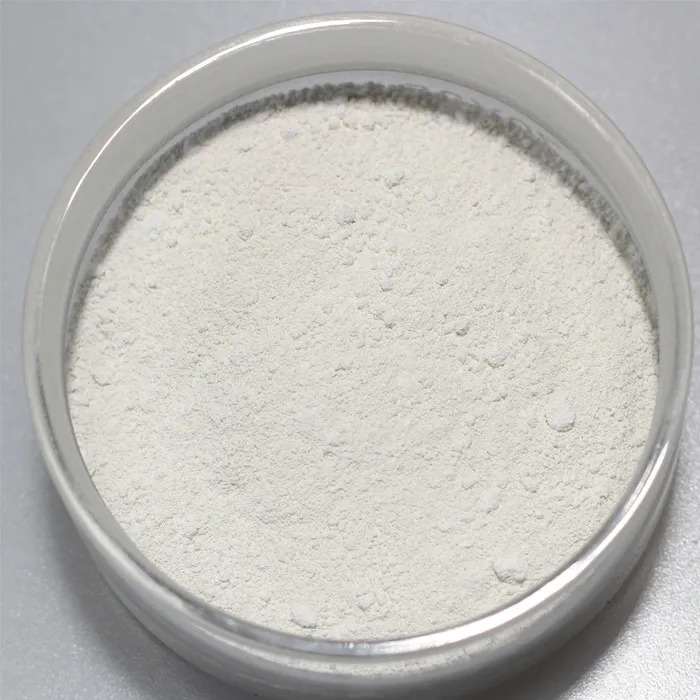reverse osmosis treatment chemicals
Reverse osmosis (RO) treatment chemicals have become a cornerstone in water purification processes across various industries. These chemicals are essential for maintaining optimal performance of reverse osmosis systems, preventing fouling, scaling, and microbial growth that could compromise water quality and increase operational costs. Understanding the role and selection of these chemicals can significantly enhance an RO system's efficiency and longevity.
Reverse osmosis systems operate by passing water through a semi-permeable membrane, filtering out impurities such as salts, organics, and other dissolved solids. However, despite their efficiency, these systems are susceptible to several challenges without the assistance of treatment chemicals. Fouling, scaling, and biofouling are the most common issues that affect the membrane performance and lifespan.
Fouling occurs when particles and colloids accumulate on the membrane surface, leading to reduced water flow and decreased membrane efficiency. Treatment chemicals designed to combat this issue include dispersants and antiscalants. Dispersants help keep particles in suspension, minimizing their potential to adhere to the membrane, while antiscalants prevent the formation of scale—mineral deposits that adhere to surfaces.
Scaling is a problem caused by the precipitation of dissolved salts that form hard deposits on membrane surfaces. To prevent scaling, RO treatment systems employ antiscalants, which are specifically formulated to inhibit the precipitation of mineral salts such as calcium carbonate, calcium sulfate, and silica. Choosing the appropriate antiscalant depends on the specific water chemistry of the system and the types of scales likely to form.
Biofouling is another significant threat to RO systems, characterized by the growth of microbial organisms on the membranes. Biocides are essential chemicals used to manage and control microbial growth within these systems. They work by disrupting the life processes of microorganisms, preventing them from proliferating and forming biofilms on membranes. Selecting the right biocide requires careful consideration of several factors, including its effectiveness against a broad spectrum of organisms, its compatibility with membrane materials, and the operational conditions of the treatment system.
One of the critical aspects of optimizing reverse osmosis treatment with chemicals is regular monitoring and analysis. System operators must routinely measure key performance indicators such as permeate quality, flow rates, and differential pressures to assess the effectiveness of the chemical treatments. Adjustments in chemical dosing might be necessary based on these assessments to ensure the system remains within optimal operating conditions.reverse osmosis treatment chemicals
Manufacturers of reverse osmosis treatment chemicals continue to innovate and develop advanced formulations to meet the ever-evolving needs of industry experts. The latest products are designed with enhanced performance characteristics, offering superior protection against fouling, scaling, and biofouling while being environmentally sustainable. Moreover, these chemicals are tailored to comply with stringent regulatory standards, ensuring safety and efficacy in diverse applications.
Investing in high-quality RO treatment chemicals not only maintains the integrity and efficiency of the system but also promises long-term cost savings. By mitigating membrane fouling and scaling, these chemicals reduce the frequency of system maintenance, membrane replacements, and operational downtime, leading to more consistent water quality outputs.
To choose the right chemicals for an RO system, operators should consider the specific conditions under which their systems operate, such as water composition, temperature, and pressure. Engaging with chemical suppliers who are knowledgeable and experienced in the field can also aid in customizing treatment solutions that address specific challenges faced by the system.
In the realm of reverse osmosis treatment, utilizing chemicals effectively is paramount for the success of water treatment processes. These chemicals offer a powerful line of defense against the common challenges that compromise system efficiency. Emphasizing their importance in system design and operation ensures water quality and consistency while prolonging the lifespan of reverse osmosis membranes.
In conclusion, reverse osmosis treatment chemicals are indispensable tools that support the critical functions of water purification systems. Their proper selection and application not only safeguard system performance but also enhance operational excellence, affirming their essential role in the broader framework of water treatment solutions.
More product recommendations



